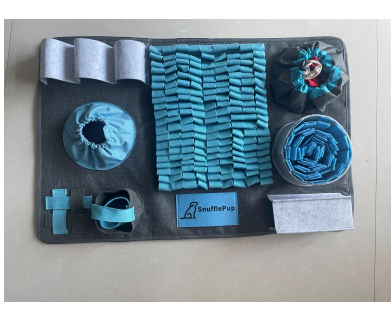The Impact of Wood Wool Acoustic Wall Panels on Sound Absorption
In modern interior design, the selection of materials significantly influences not only aesthetics but also functionality. One of the most notable advancements in sound management within indoor environments is the use of wood wool acoustic wall panels. These innovative panels are gaining popularity in various settings, including offices, studios, restaurants, and residential spaces. This article explores the properties, benefits, and applications of wood wool acoustic wall panels.
What Are Wood Wool Acoustic Wall Panels?
Wood wool acoustic wall panels are composed of natural wood fibers that are bonded together using a binding agent, often a form of cement. They are designed not only to provide a visually appealing finish but also to enhance acoustic performance within a space. The unique structure of these panels allows them to absorb sound effectively, reducing reverberation and echo, which can improve the overall acoustic environment significantly.
Why Choose Wood Wool Panels?
1. Natural Sound Absorption One of the primary reasons for using wood wool acoustic panels is their exceptional sound absorption properties. The porous nature of the panels enables them to trap sound waves, minimizing excessive noise levels and contributing to a more pleasant atmosphere. This is particularly beneficial in environments where clarity of speech is essential, such as conference rooms and lecture halls.
2. Eco-Friendly Material Wood wool panels are made from sustainably sourced wood fibers, making them an environmentally friendly option. Their production process is relatively low-energy compared to synthetic acoustic materials, aligning with the growing trend of incorporating green solutions in building design. Additionally, many wood wool products carry certifications for sustainable forestry practices, ensuring that users can make eco-conscious choices.
3. Aesthetic Appeal With their natural wood finish, these panels offer a warm and inviting look, suitable for a wide range of interior styles. They can be painted or stained to match specific design themes, making them versatile for designers and architects. The visual impact they deliver can enhance the overall ambiance of a space, contributing to both comfort and style.
wood wool acoustic wall panels

4. Thermal Insulation Beyond sound absorption, wood wool panels also provide thermal insulation benefits. They can help regulate indoor temperatures, contributing to energy efficiency in buildings. By maintaining an optimal temperature, these panels can reduce reliance on heating and cooling systems, further promoting environmental sustainability.
5. Fire Resistance Another key safety aspect of wood wool acoustic panels is their fire resistance. Many products are treated with fire-retardant coatings, ensuring compliance with stringent safety regulations. This makes them suitable for various commercial and residential applications without compromising on safety.
Applications of Wood Wool Acoustic Wall Panels
The versatility of wood wool acoustic wall panels allows for a wide array of applications. In corporate settings, these panels are ideal for open-plan offices where noise can be a distraction. By strategically placing panels, businesses can create zones of quiet that enhance productivity and collaboration.
In learning environments, such as schools and universities, the clarity of sound is crucial for effective teaching and learning. Wood wool panels help in minimizing classroom noise, allowing students to focus better and teachers to communicate effectively.
In the hospitality industry, these panels can transform restaurants and cafes into serene spaces, enhancing the dining experience for guests. By reducing ambient noise, customers can enjoy conversations without straining to hear one another.
Conclusion
Wood wool acoustic wall panels stand as a testament to the intersection of beauty and functionality in modern design. As we continue to place more emphasis on creating environments that foster productivity, comfort, and well-being, the role of such materials cannot be overlooked. With their natural sound absorption qualities, aesthetic versatility, eco-friendliness, and safety features, wood wool acoustic wall panels are an exceptional choice for anyone looking to improve the acoustic quality and overall atmosphere of a space. Embracing these panels is not just about sound management—it's about fostering an environment that supports creativity, communication, and connection.
